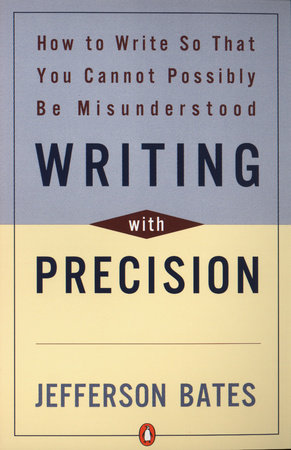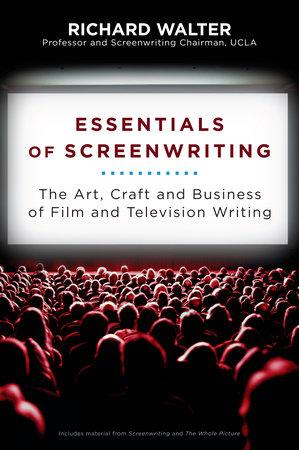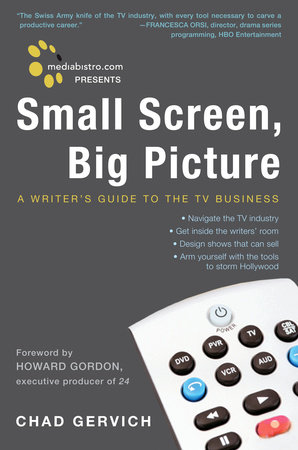

Writing with Precision

-
$24.00
Published on Apr 01, 2000 | 352 Pages



Published on Apr 01, 2000 | 352 Pages
Author
Jefferson D. Bates
Jefferson D. Bates has served as Editorial Director of the Air Force “Readable Writing” Program, and as the Chief of NASA’s speechwriting group. After leaving government service, he became president and CEO of Speak/Write Systems, Inc., a firm specializing in teaching writing and speaking skills. The author of five nonfiction books, he lives in Reston, Virginia.
Learn More about Jefferson D. Bates







